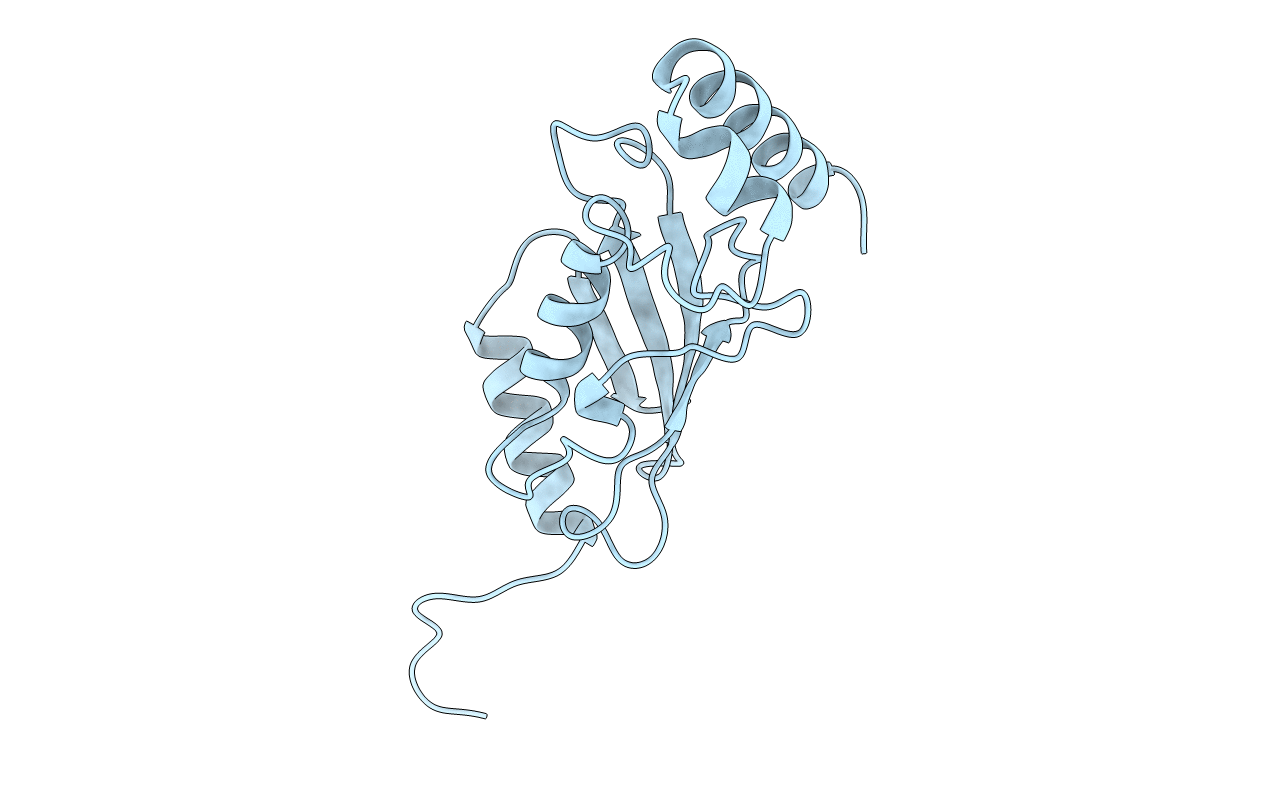
Deposition Date
1999-01-19
Release Date
1999-01-27
Last Version Date
2024-05-22
Entry Detail
PDB ID:
2E2C
Keywords:
Title:
E2-C, AN UBIQUITIN CONJUGATING ENZYME REQUIRED FOR THE DESTRUCTION OF MITOTIC CYCLINS
Biological Source:
Source Organism:
Spisula solidissima (Taxon ID: 6584)
Method Details:
Experimental Method:
Resolution:
2.00 Å
R-Value Free:
0.27
R-Value Work:
0.21
R-Value Observed:
0.21
Space Group:
P 31 2 1


